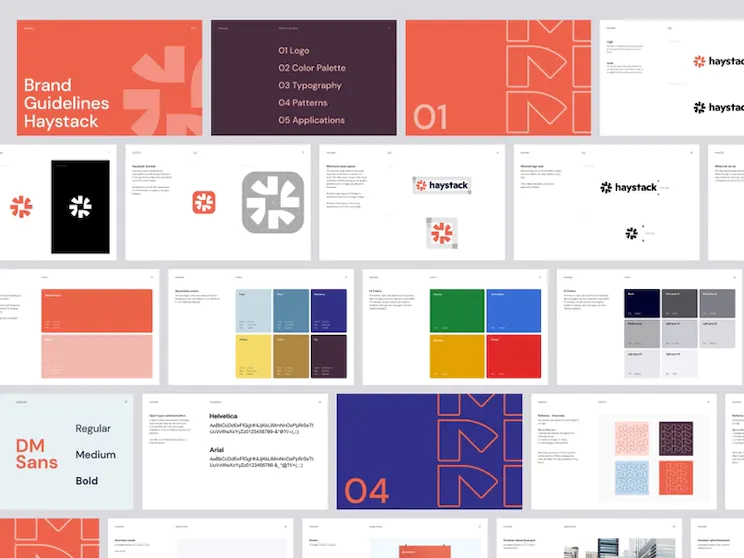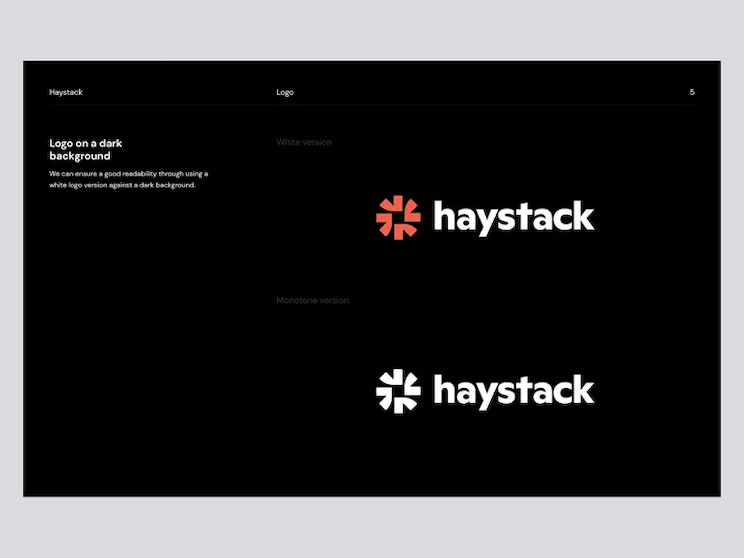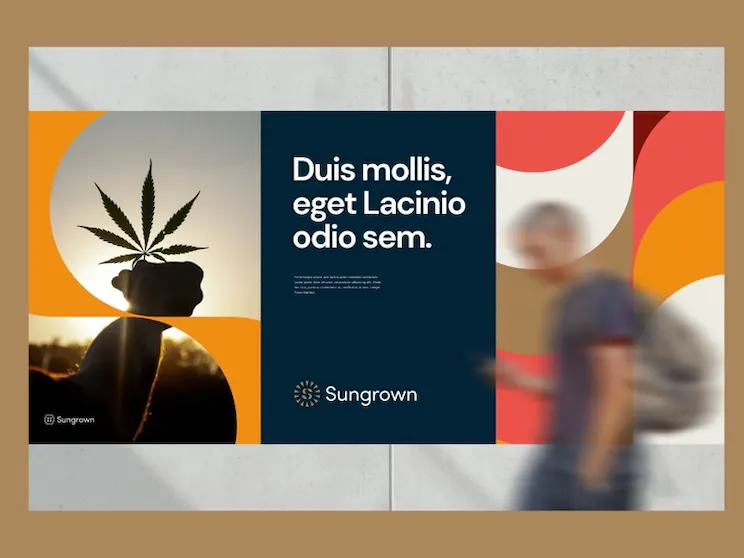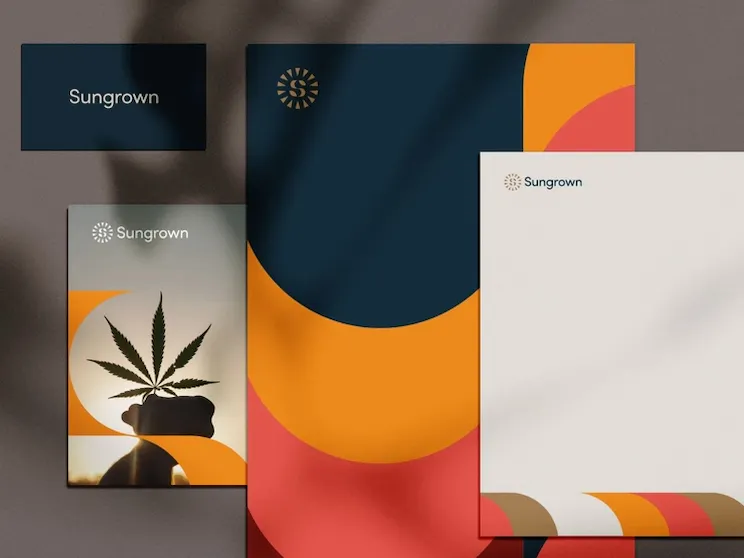You must project the proper image to your target audience regardless of the kind of goods or service you provide. You can accomplish it with the aid of a well-designed brand identity. Making a branding package for your company is one strategy to establish a consistent brand identity. Continue reading to find out more about branding packages, what they should contain, and how much they often cost.
A branding package is what?
A branding package, expressed simply, is a collection of all the visual materials required to develop a unified brand identity. Various digital and print assets are frequently included in a complete branding package. Examples include letterhead, email signatures, color schemes, product packaging, and anything else you might need to establish a distinctive brand identity.
All the visual components required to develop a unified brand image are referred to as a branding package.
Branding Team
Essentials of a Branding Package
Although anything that aids in providing a unified visual experience can be part of a custom brand package, some components are more typical than others. Some of the most prevalent branding components are logo design, color schemes, brand typography, and brand style guides.
Logo creation
Any business can benefit from well-designed logos since they encourage consumers to develop strong emotional ties to their preferred brands. Your branding package should include multiple different iterations of your unique logo for the best outcomes. It is simpler to develop a consistent brand identity across all platforms when a logo is available in several variations.
Even though your main logo may look fantastic in paper, having smaller submarks in your branding package is beneficial. Your logo’s fonts and color schemes should be the same whether you run a small firm or a giant enterprise. Customers are more likely to connect your logo variations and submarks with your main brand when there is a high level of consistency.
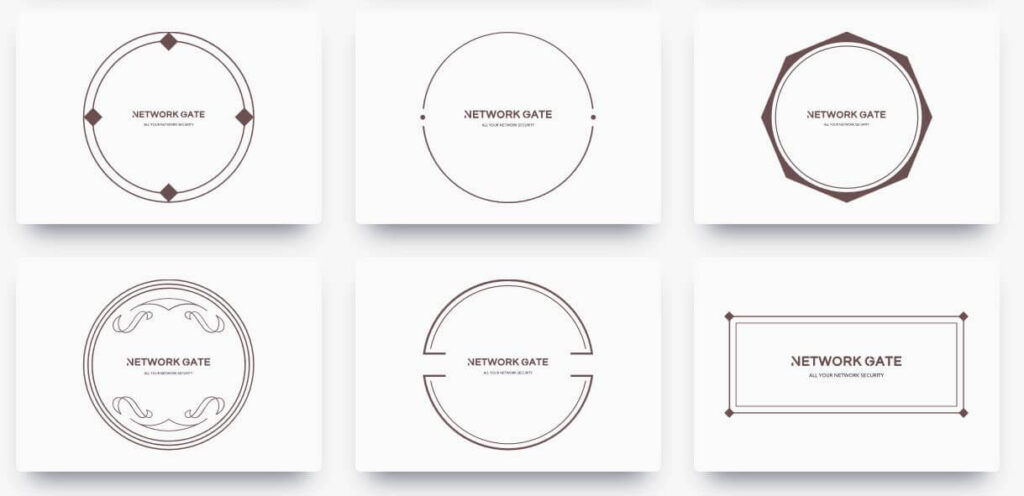
“Refersion is an online platform that specializes in affiliate marketing. Our goal was to present Refersion as a trustworthy, professional brand while maintaining their familiar and dedicated approach to customer service.”
Balkan Brothers, Branding Agency

Color scheme
Include a color palette in your brand bundle if you want to keep your visual identity constant. All the brand colors you use to design signs, product packaging, stationery, social media headlines, and other marketing materials are contained in a color palette. The colors you select should reflect the character of your brand and work to evoke strong feelings in your target market.
When selecting colors for your branding kit, it’s crucial to be as precise as you can. Instead than using ambiguous terms like “light green” or “dark purple,” colors should be specified by their CMYK/RGB values or Pantone Color codes. Consistency is promoted by using particular color codes to guarantee that each in-house or independent graphic designer utilizes the exact shade of each hue.
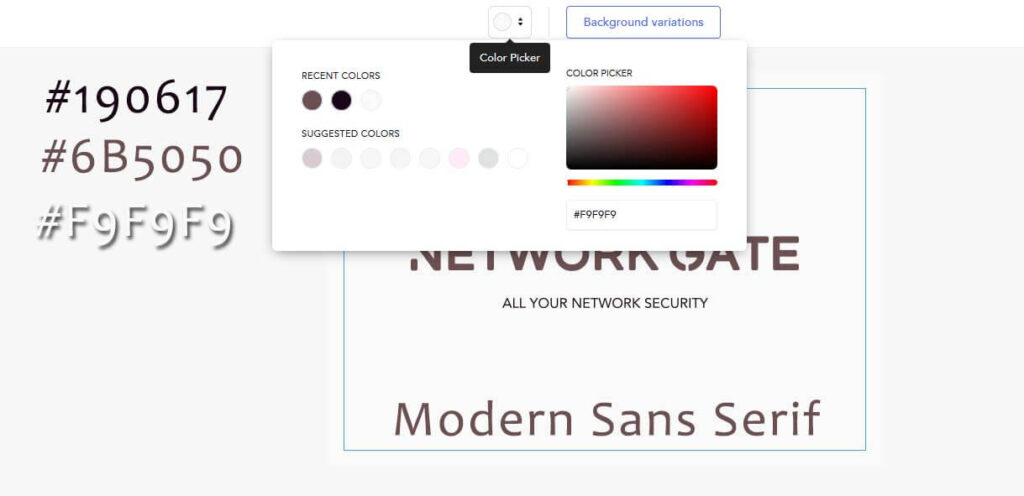
Typography for brands
The choices you make in terms of typography greatly influence how people perceive your brand. After all, The New York Times masthead wouldn’t look the same without its distinctive decorative serifs and the BT typeface by Engravers. Typography describes how your text looks as a whole.
You should consider font type, text size, and text positioning when designing a printed banner or an email header. Another key factor to take into account is negative space, which is the white space around text and visuals. Your brand standards should specify the fonts that designers may use as well as the capitalization, spacing, and size rules.
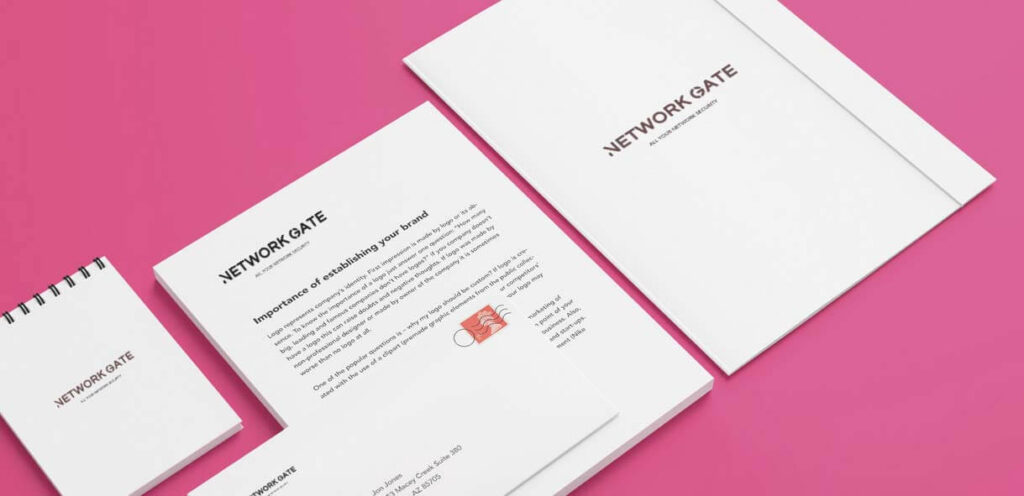
Brand guidelines
Consider the style guide as a thorough guideline used to establish your brand and encourage uniform communication. Once you have a basic brand identity package, you can add photographic requirements, usage restrictions for logos, and information to help content writers and other staff members attain the ideal tone while creating your marketing materials to create a style guide.
The most complete style manuals also cover grammar, formatting, and word choice guidelines. A brand style guide might include rules for using hyphens, bulleted lists, and serial commas, for instance, or a list of words that should never be used to refer to the brand.
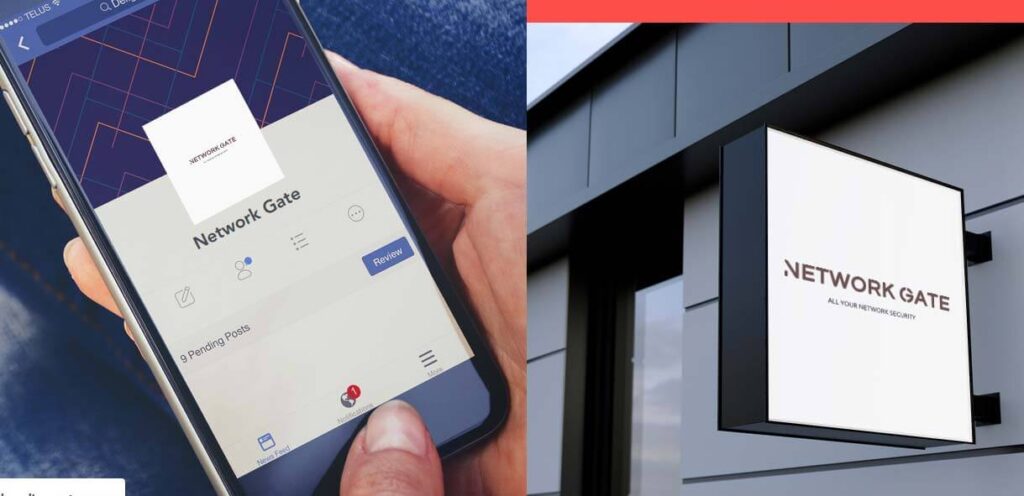
Additional branding package materials
Once the foundational components of your branding package are in place, you may build additional assets and use them to further synchronize your messaging. The ideal components for a branding package strongly depend on the size of your company and the kind of clientele you cater to. To go along with a complete makeover of your organization, think about adding the following to your current package or developing a new branding package.
Social graphics
Your social media accounts should use the same colors, fonts, and typography as your website and other marketing materials. Integrating social media visuals into your branding strategy is one of the finest methods to guarantee consistency. In order to make sure that anybody who views your profile links it with your brand, many of these graphics are utilized as headlines on profile pages.
To produce video thumbnails, profile pictures, infographics, quote graphics, or any other kind of social media template, you can also employ a designer. These goods should appear and feel the same as your other marketing materials in order to give your target audience a consistent experience.
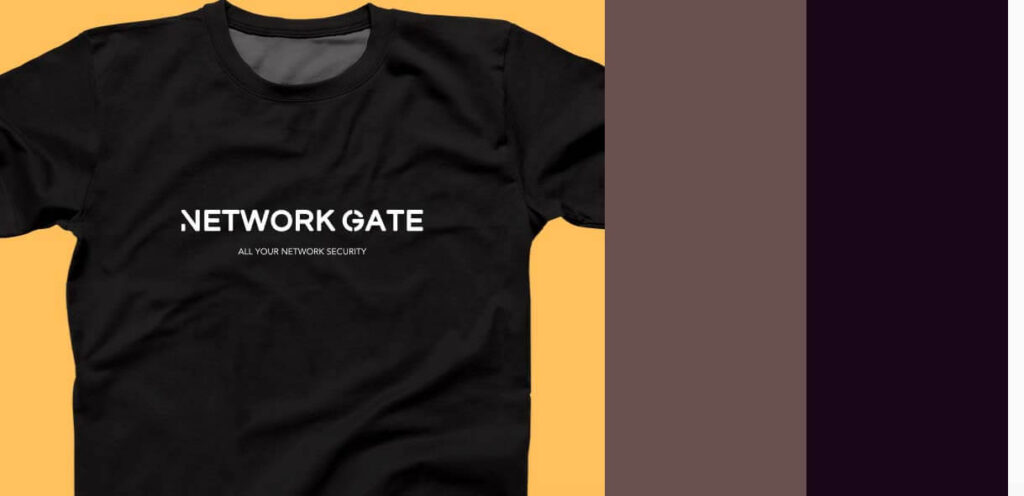
Stationery
Don’t forget about stationery templates and rules for using business stationery in a way that is consistent with your brand image while you develop your branding package. This William & Mary university’s stationery guidelines are an excellent illustration of how to include this information in your branding package. As you can see, they go into great detail to assist staff in adhering to the college’s standards, even down to how to adjust the margins on each version of the letterhead.
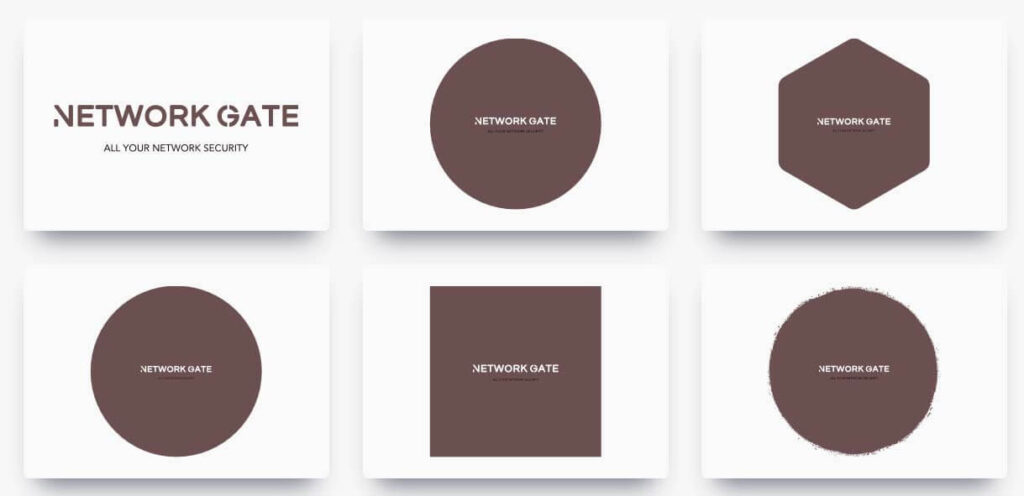
Template for a slide-deck presentation
In addition to slide deck presentation templates, or sets of slides that can be used to make PowerPoint presentations, many business branding packages also include them. Make sure to take your branding principles into consideration while building a slide deck presentation template. For the slide deck template, use the same typefaces, logos, and color schemes that you would for a poster or an email newsletter. The presentation should instantly make your target audience link the design with your company.
System of illustrations
If your business employs a number of graphic designers, you want each of them to be able to produce work that is consistent with the essence of your brand. You don’t want each worker to add their own distinctive flair to the graphics created by your business. An illustration system should therefore be a part of your branding package. An illustration system is a collection of rules for producing artwork in a particular aesthetic.
Standards for the use of colors, iconography, brush weight, composition, and props are often included in this document. Giving your designers access to a thorough illustration system will enable them to create graphic pieces that perfectly reflect the tone and character of your brand.

Template emails
You need to have an appealing design that complies with the requirements in your branding package before you write a single word of copy. You can save time and improve consistency by using email templates, which will result in fewer edits before you hit “send.” The following components should be present in a good email template, according to Constant Contact’s email marketing specialists:
Logos: Your business’s logo should appear on every email. To make it simpler for readers to learn more about your business, it is often customary to link your logo to your website.
Utilize your go-to color scheme when selecting colors for your email template. Your header, dividers, buttons, and backgrounds must all precisely match the color scheme.
Photographs: Any images you utilize should uphold the brand identity of your business and follow its photography policies.
Text: All text must be readable by readers without requiring them to enlarge their screens. It should also follow the font standards of your company.
Make sure your footer adheres to the company’s typographic and color standards. To make it simpler for readers to get in touch with you, including your contact information.
Ad concepts
Your branding package should have examples of ad designs to help graphic designers and advertising specialists as they develop new campaigns, whether you continue with print or go digital. Your company name, logo, a visual representation of your product or service offering, a value proposition, and a call-to-action button should all be included in each advertisement. Additionally, each component should adhere to your brand’s specifications for typography, color scheme, photography, and drawings.
Photography
According to Fast Company’s Rachel Gillett, text with visuals is more likely to stick in readers’ minds. Because of this, professional photography is crucial for businesses of all sizes. If you take the time to include photographic guidelines in your branding package, whether you have an in-house photographer or want to employ a freelancer, you can receive better results.
Writing rules for composition, content, tone, and color scheme might be a good idea. Documenting whether you want to emphasize people or things in your company’s images is also a smart idea. The more specific your branding rules are, the simpler it will be for a photographer to capture the ideal look. If you establish a policy that prioritizes candid photos instead of posed photos, for example, your photographer will be able to plan accordingly.
Additional assets
Large organizations’ brand packages may contain more than a dozen assets. Icon sets, stickers, product packaging, signage, event branding, business merchandize (“merch”), and brochures are some examples of these assets. You have more options to guarantee consistency in each brand message the more guidelines and samples you include in your branding package. Incorporating these things also makes it simpler to hire and manage independent contractors that have the necessary talents to expand your brand, such as graphic designers, photographers, freelance writers, and others.
What is the price of a branding package?
The cost of design and branding services is determined by the size and level of development of your company. You could require a full-stack agency to start from scratch if you’re just starting out. Existing companies may be able to meet their demands by hiring a freelance graphic designer.
